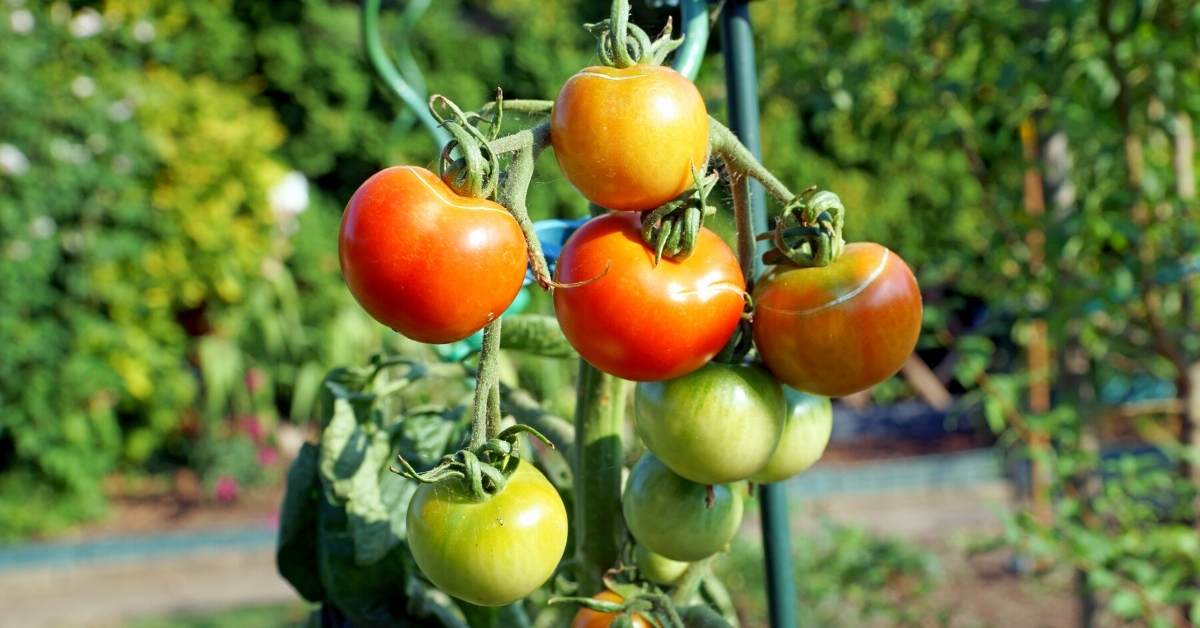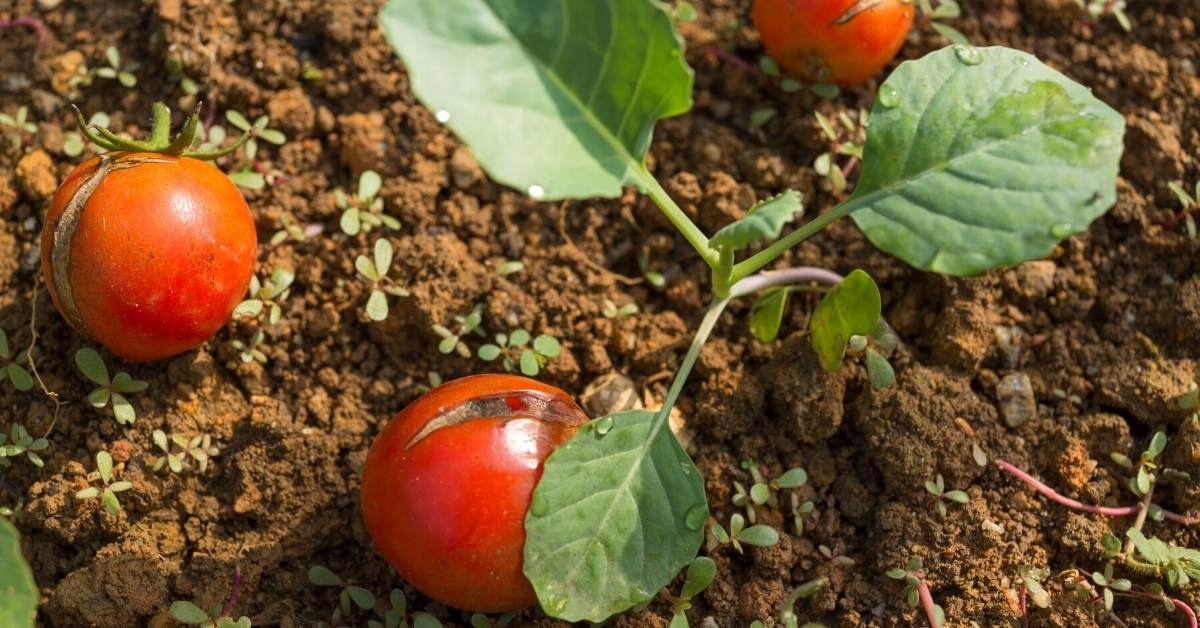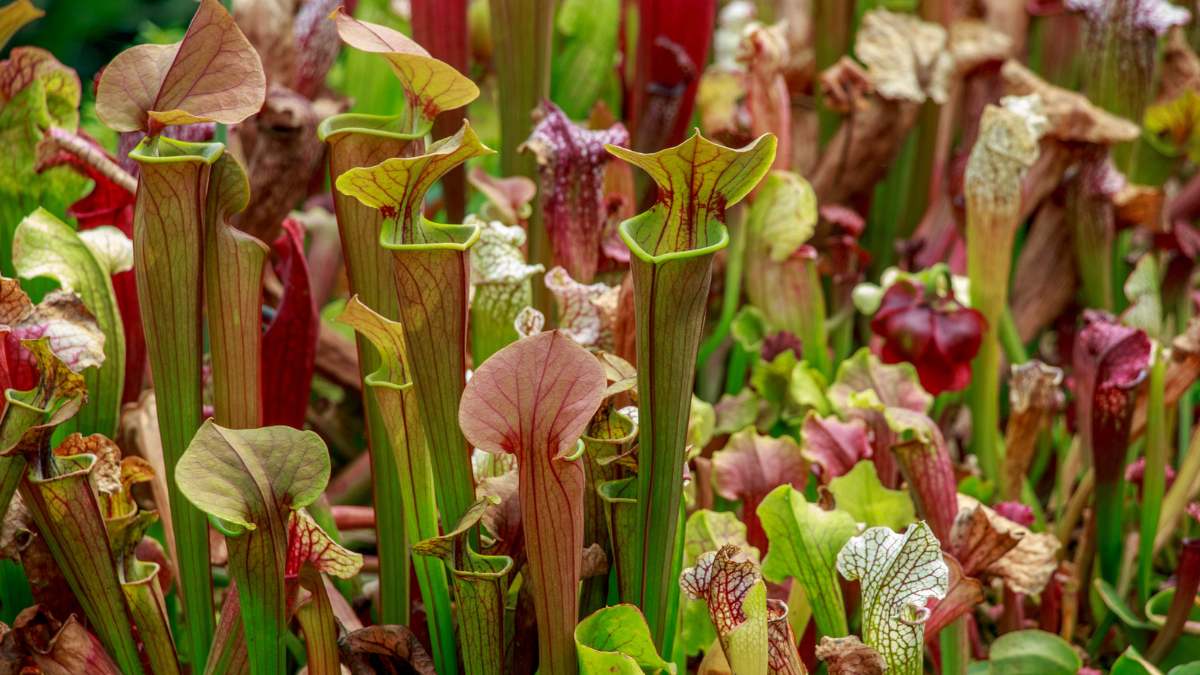When you plan to grow tomatoes, you might need to know some crucial technical aspects of the plant to have control over each step of the growing process. Here are the technical specifications for tomato plant sensitivities against various elements.
Soil water pH: optimum range between 6.2-6.5.
Soil Texture: sandy to clay loam soils, 6 to 10 inches in depth with moderate organic matter content.
Magnesium (Mg) deficiency: occurs in acid soils (pH<5.4); when not in balance among the cations, K, Ca, and Mg, in the soil and nutrient solution formulations; insufficient in Mg concentration is a nutrient solution formulation.
Nitrogen (N) excess: results in vigorous vegetative plant growth, increases incidence of flower abortion, decreases fruit set, and reduces fruit quality.
Ammonium (NH4) nitrogen (N): When the major source of N, can result in ammonium toxicity with an increase in the occurrence of blossom-end-rot (BER) in fruit; NH4-N should be less than 25% of the total N in a nutrient solution formulation.
Zinc (Zn) deficiency: occurs due to insufficient Zn and/or excess P in the nutrient solution formulation and neutral pH soils and is high in available P.
Fruit Blossom-end-rot (BER): caused by calcium (Ca) deficiency, usually triggered by plant stress, i.e., moisture, heat, or nutrient element insufficiencies.

Tomato Plant Sensitivities Against Sunlight
Solar Radiation: when low in intensity and/or hours of radiation, plant vegetative growth will be slow and fruit set poor; with high light intensity, poor fruit set and increased occurrence of BER occurs. The best growing conditions are:
- Full morning sun.
- Shade from high noon light intensity.
- Partial shading in the late afternoon when light intensity radiation is high.
Carbon dioxide (CO2) enrichment: As a C3 plant, the tomato plant is responsive to the concentration of CO2 in the air surrounding the plant, its growth being enhanced with increasing concentration, but with very high CO2 concentrations, blossom abortion can occur.
Agricultural chemicals: Many commonly used herbicides and pesticides applied to the soil and on agronomic and fruit crops as insecticides and fungicides will adversely affect tomato plant growth even at very low concentrations when being carried in the atmosphere by taking avoidance strategies.
Inconsistency: The tomato plant is unusually sensitive to rapidly changing conditions in the surrounding environment, radiation intensity, air temperature, and humidity, and that in the rooting medium, moisture and temperature levels, primarily affecting fruit set and development.
Fruit Yield and Quality: Both fruit yield (size and weight of fruit) and quality are determined by environmental and plant status conditions that existed several weeks before maturity.
Plant Wilting: when occurring, even for short periods, it will reduce fruit set and yield, increase the incidence of BER, result in blossom abortion, and increase the potential for the occurrence for periods of nutrient element insufficiencies.
Organic Tomato Fruit Production
The designation of what can be categorized as being “organically” produced varies from state to state. Some follow United States government Federal guidelines, while others have developed their criteria.
The tomato plant is known as a “heavy feeder,” therefore the challenge is finding suitable nutrient element sources that meet the requirements for being “organic” yet able to provide the essential element in sufficient quantity to meet the plant requirement over the growing season.
The crucial part most difficult to find a suitable source is nitrogen (N). Although N sources meet the requirements for designation as being “organic,” most are low in N content, and their decomposition rate is insufficient to provide N in adequate quantity to sustain vigorous tomato plant growth.
A number of organic-based tomato growing systems have been proposed for both soil and greenhouse use. In most instances, plant growth has been relatively poor, and fruit yield low as the quantity available.
Essential plant nutrient elements being released from the added organic-based substances into the rooting medium have not been sufficient to meet the plant requirement.


